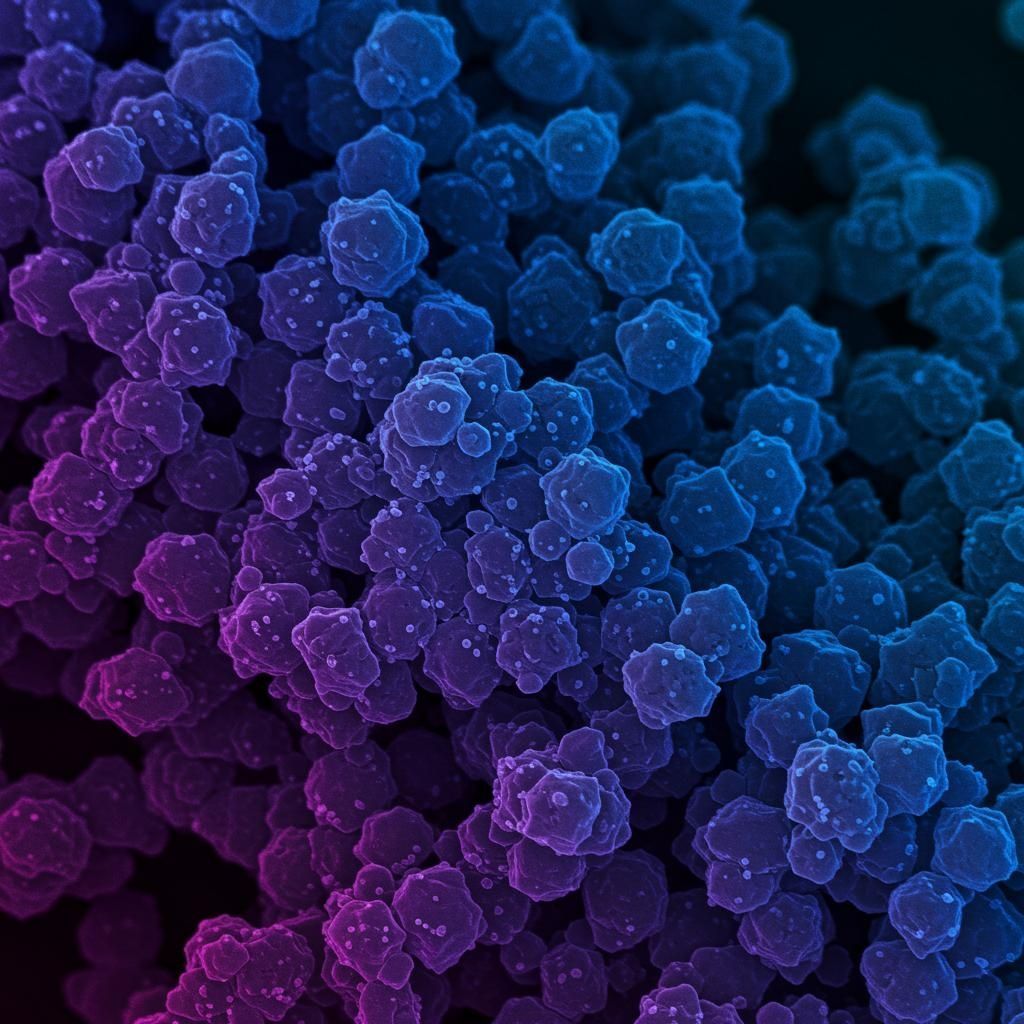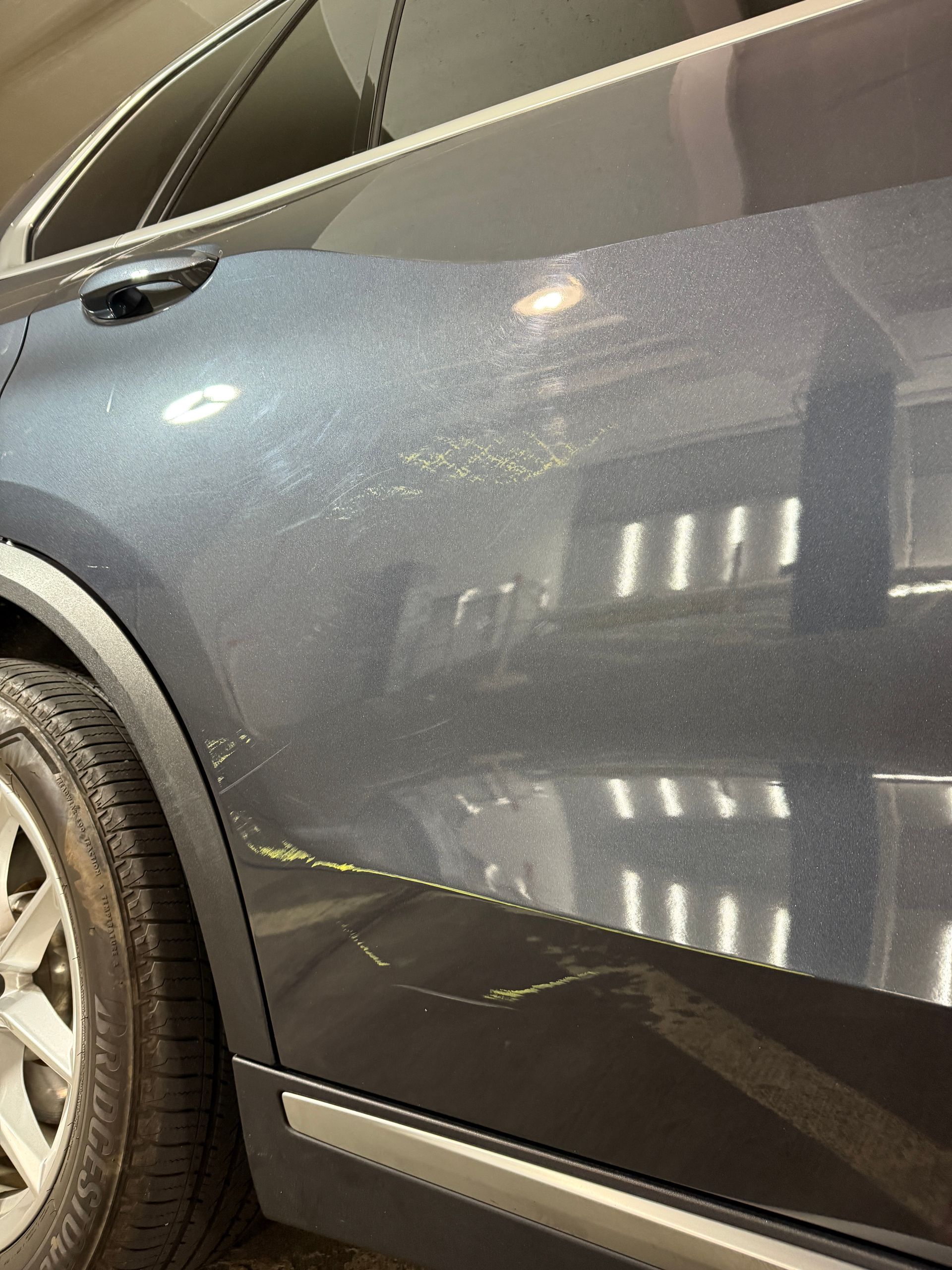How Detonated Nano Diamonds Enhance Ceramic Coatings
February 4, 2025

Discover the science behind nano diamonds and their transformative role in advanced ceramic coatings.
In recent years, the use of nano diamonds—tiny diamond particles measuring just billionths of a meter (nanometers)—has gained significant attention in various industries. These microscopic gems are not only fascinating from a scientific perspective but also hold immense potential for practical applications, particularly in advanced materials like ceramic coatings.
What Are Nano Diamonds?
Nano diamonds are minuscule diamond particles produced through processes such as detonation synthesis. When an explosive containing carbon compounds is detonated under controlled conditions, the intense heat and pressure generated mimic the natural formation of diamonds deep within Earth's mantle. The result? Pure carbon atoms rearrange themselves into crystalline diamond structures at the nanoscale.
- Extreme hardness: Retains legendary durability even at the nanoscale.
- High thermal conductivity: Efficiently transfers heat, ideal for demanding environments.
- Chemical inertness: Resists corrosion and chemical reactions, ensuring longevity.
- Large surface area: Enables better interaction with other materials.
The Role of Nano Diamonds in Ceramic Coatings
Ceramic coatings are widely used for protecting surfaces against wear, abrasion, corrosion, and thermal degradation. By integrating nano diamonds into these coatings, manufacturers can significantly improve their mechanical, thermal, and functional properties.
Key Benefits:
- Improved Hardness and Durability: Enhances resistance to chipping, and erosion, also making scratching less likely.
- Enhanced Thermal Conductivity: Reduces overheating and thermal stress.
- Reduced Friction and Wear: Acts as nanoscale lubricants, reducing energy loss.
- Superior Adhesion and Uniformity: Ensures strong bonding and prevents delamination.
- Optical and Aesthetic Benefits: Enhances glossiness and optical clarity.
Applications of Nano Diamond-Infused Ceramic Coatings
The versatility of nano diamond-enhanced ceramic coatings opens up numerous possibilities across industries:
- Automotive Industry: Ceramic coatings play a crucial role in protecting car exteriors and interiors from scratches, UV damage, and environmental wear. At Westchester Auto Detail, we use
C6 Ceramic Coatings, the only product on the market created through
cold detonation physics to incorporate
Refined Detonated Nano Diamonds. Unlike other brands, such as CarPro’s DQuartz, which use standard nanodiamonds, C6’s
refinement process ensures a higher concentration and superior quality of nano diamonds. This results in enhanced hardness, durability, and resistance to wear, making it the ideal choice for automotive applications. The refined nano diamonds also improve the coating’s ability to bond with surfaces, providing long-lasting protection and a deeper, more vibrant shine.
- Aerospace Engineering: Shielding aircraft components from extreme temperatures and abrasion.
- Medical Devices: Providing biocompatible, antibacterial coatings for surgical instruments.
- Electronics Manufacturing: Safeguarding delicate circuits and semiconductors.
- Industrial Machinery: Extending the life of heavy-duty equipment by reducing wear.
Challenges and Future Prospects
While the integration of detonated nano diamonds into ceramic coatings offers groundbreaking advantages, there are still challenges to address:
- Cost: Producing nano diamonds via detonation synthesis is expensive.
- Scalability: Scaling up production while maintaining quality remains a technical hurdle.
- Environmental Concerns: Use of explosives raises sustainability and safety questions.
Despite these obstacles, ongoing research aims to optimize production methods and explore alternative synthesis techniques. As costs decrease and technologies advance, we can expect nano diamond-enhanced ceramic coatings to become more accessible and ubiquitous.
Conclusion
Detonated nano diamonds represent a revolutionary advancement in material science, offering unparalleled enhancements to ceramic coatings. From boosting hardness and thermal management to reducing friction and improving aesthetics, these tiny yet mighty particles unlock new possibilities for innovation. As researchers continue to refine this technology, one thing is clear: the future of protective coatings shines brighter—and harder—than ever before.








